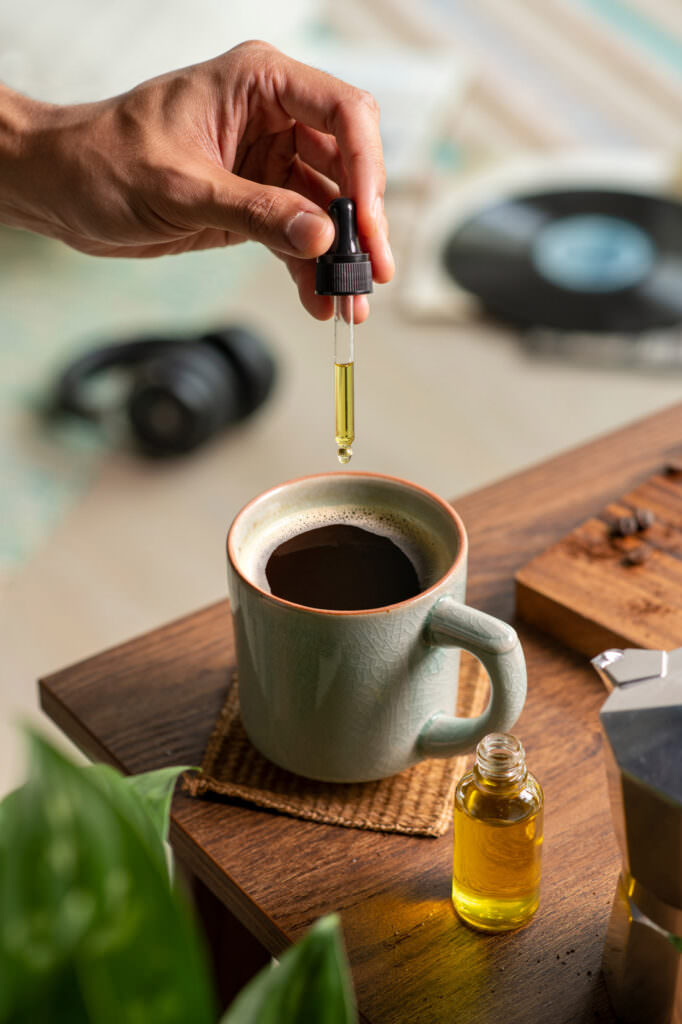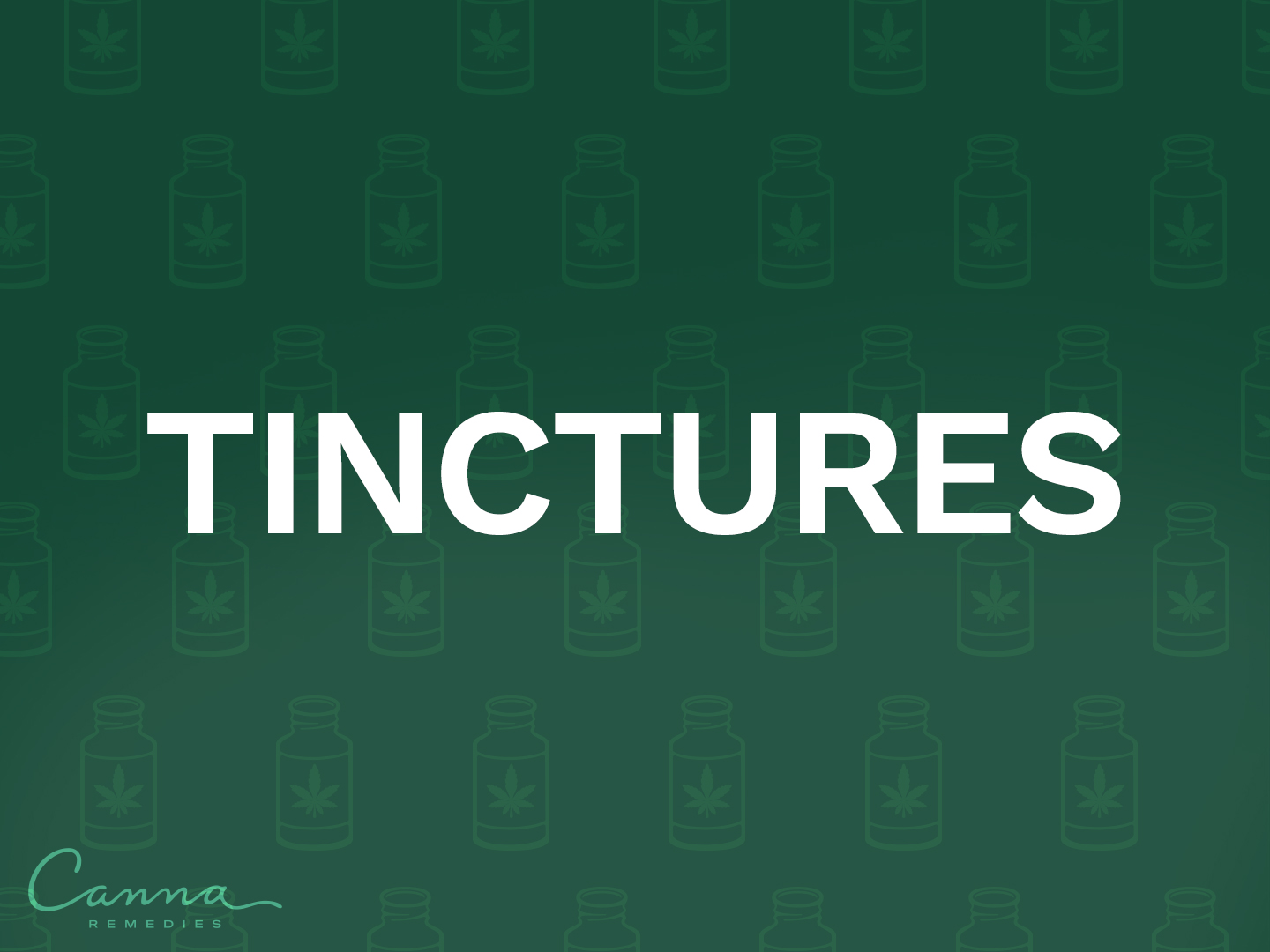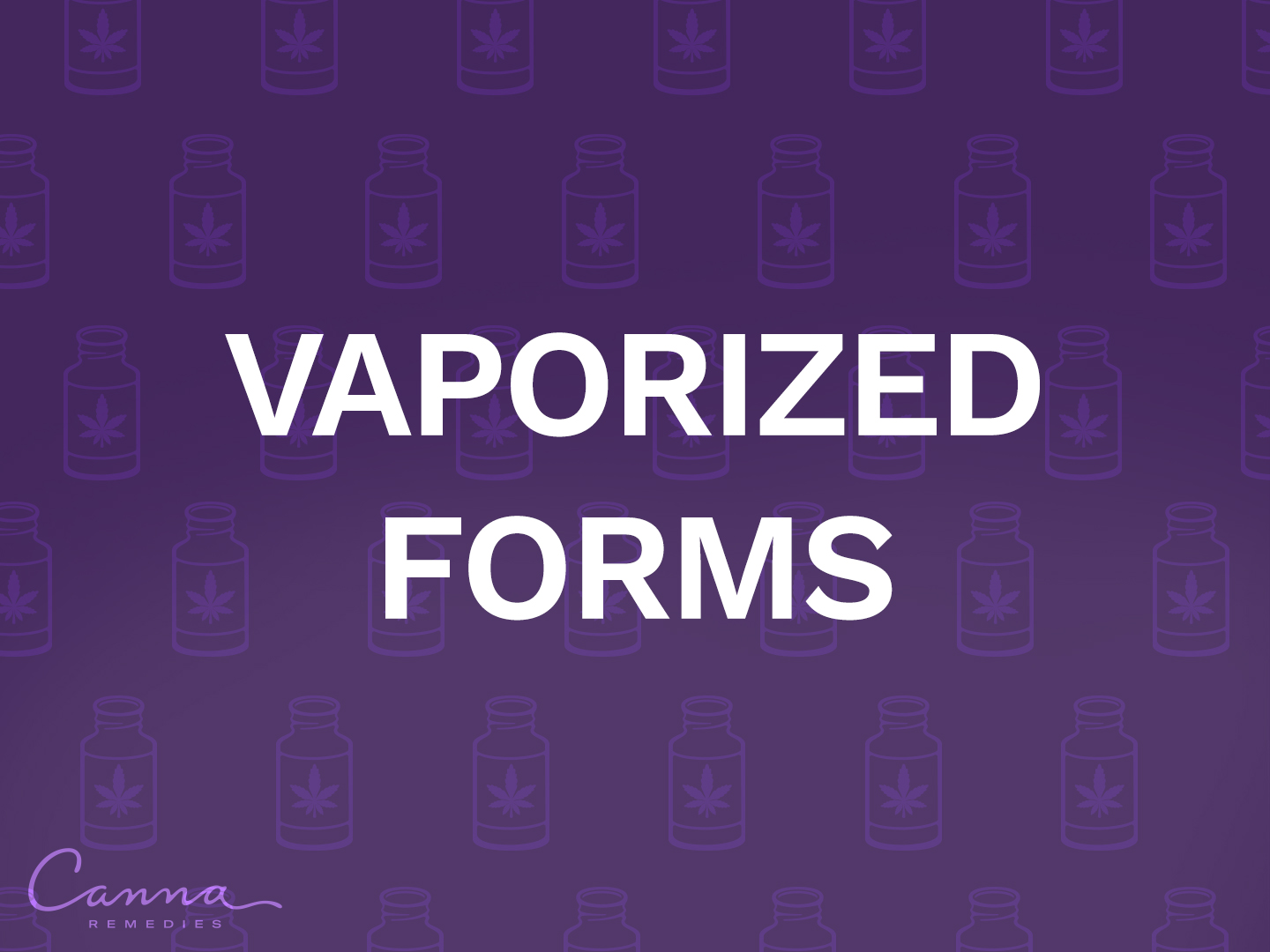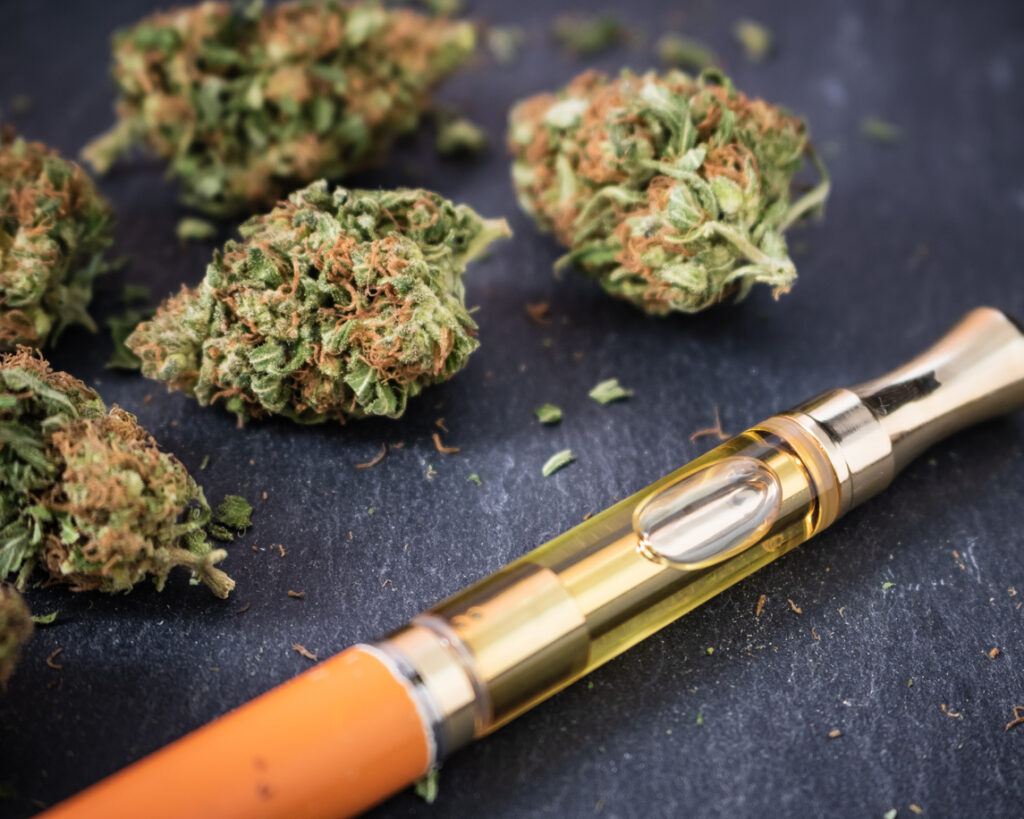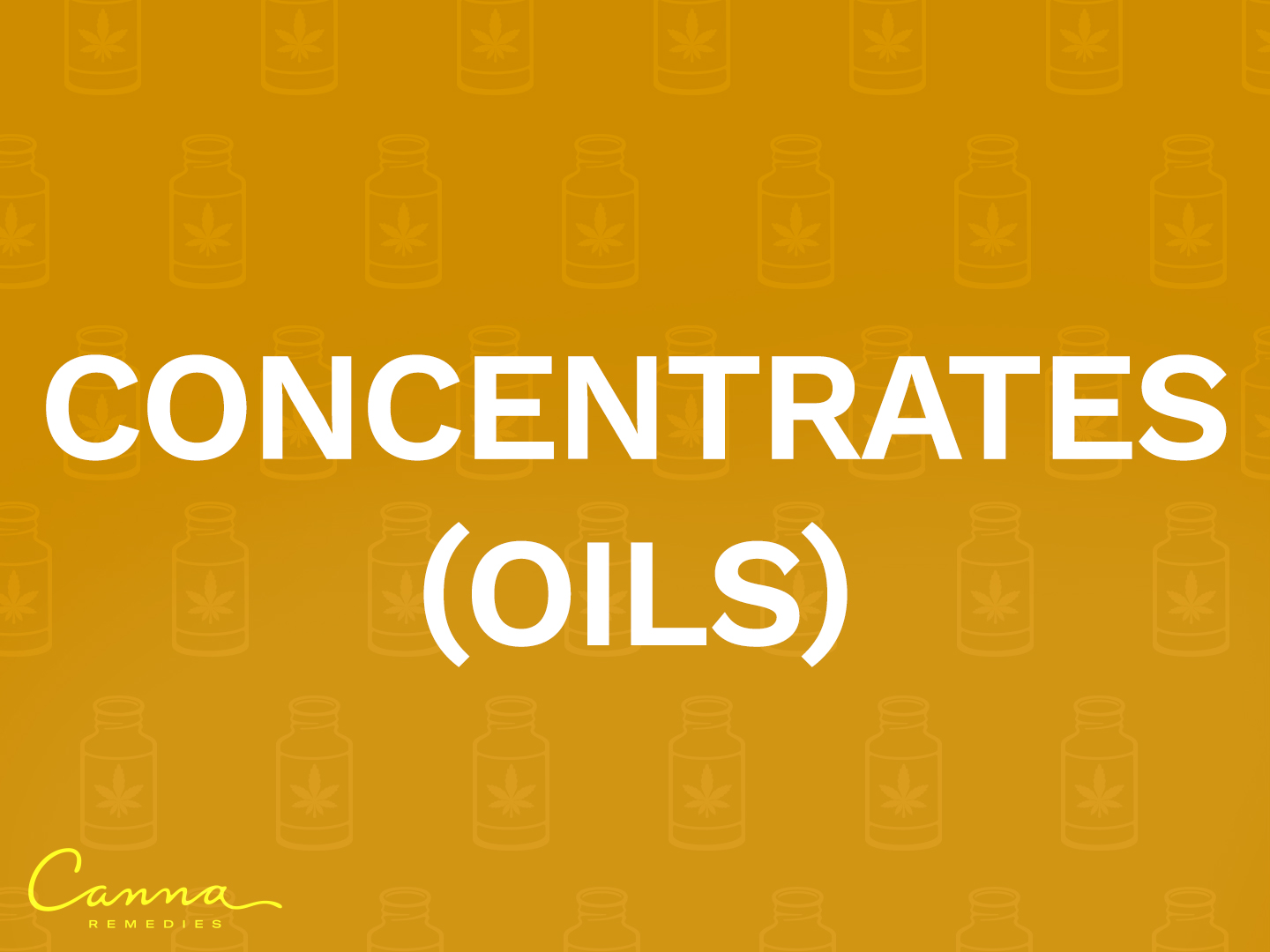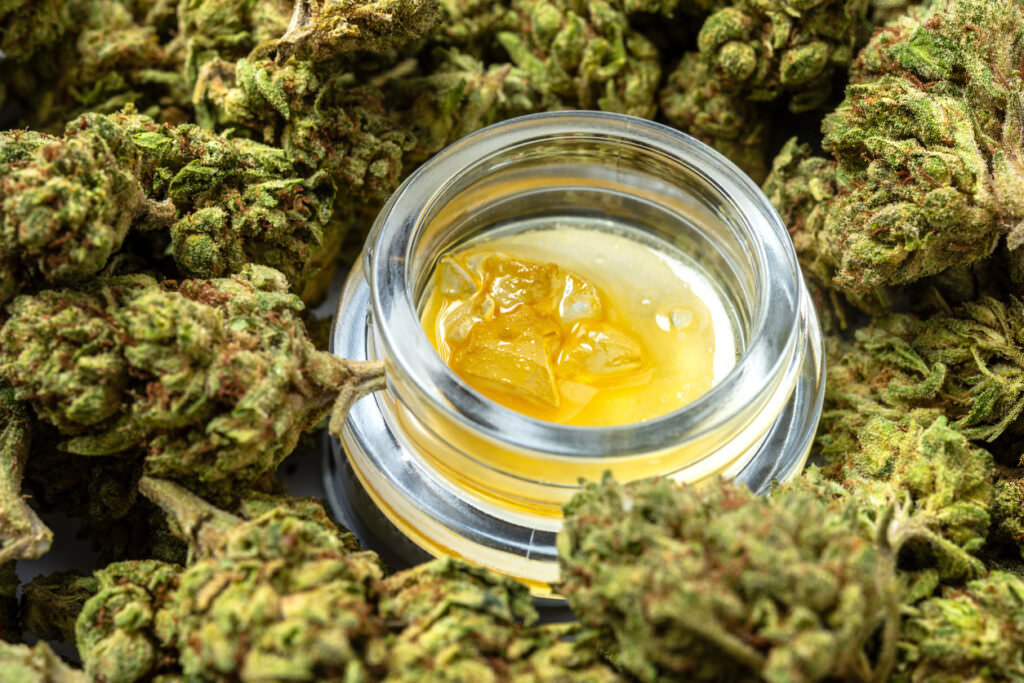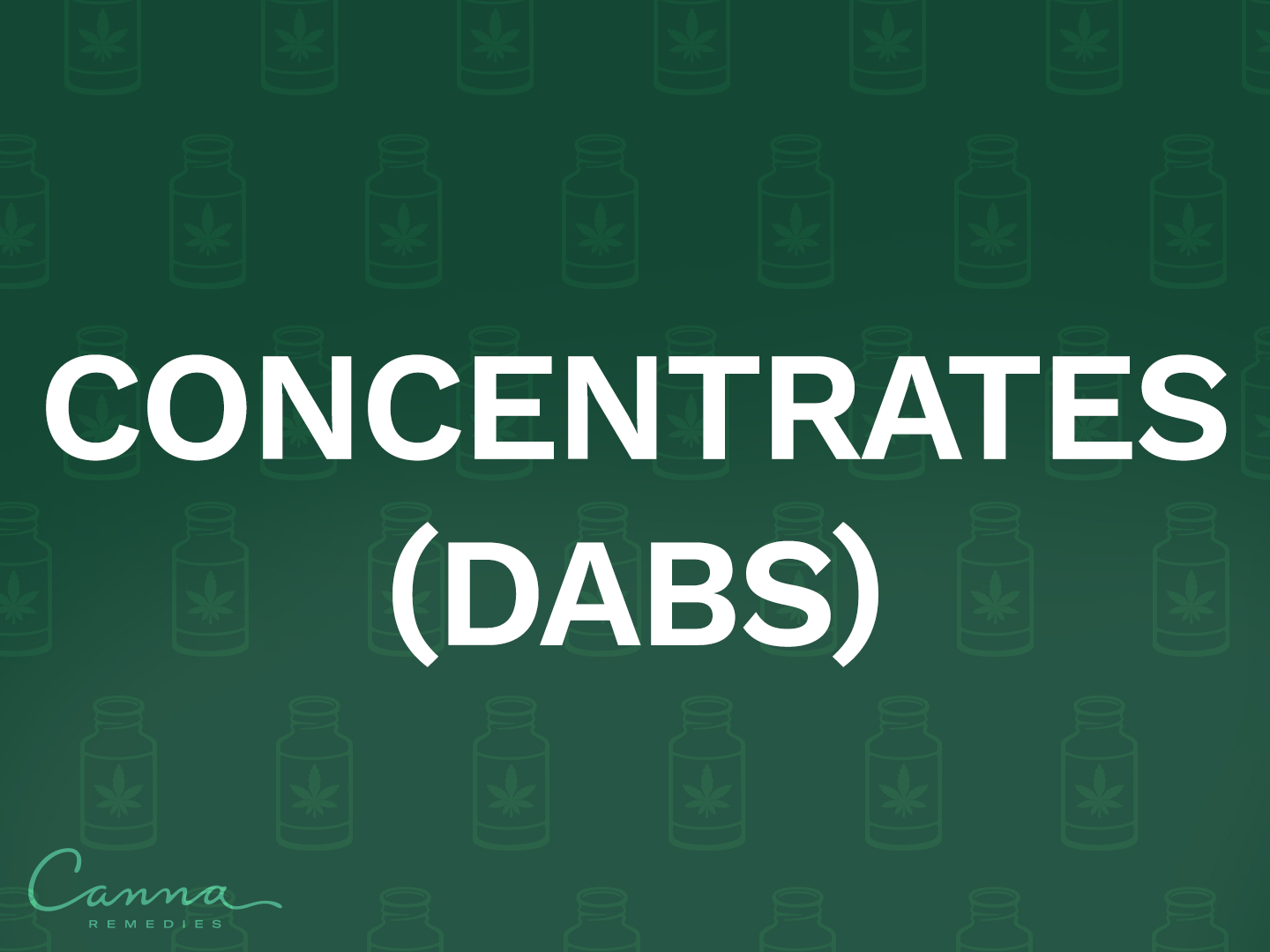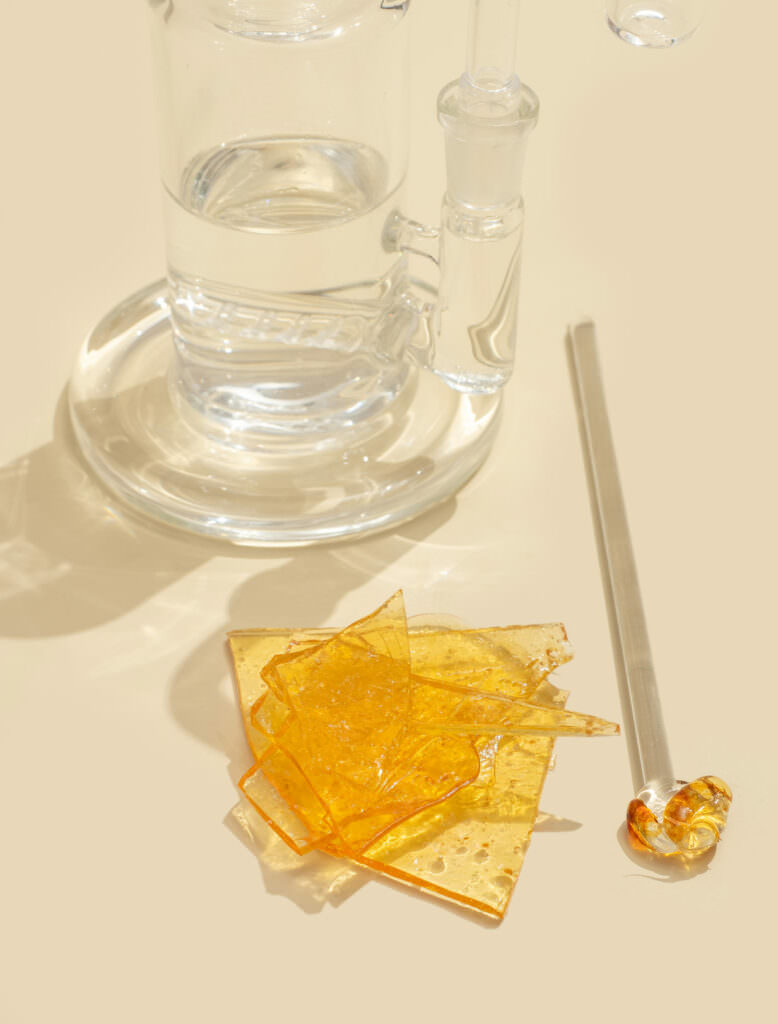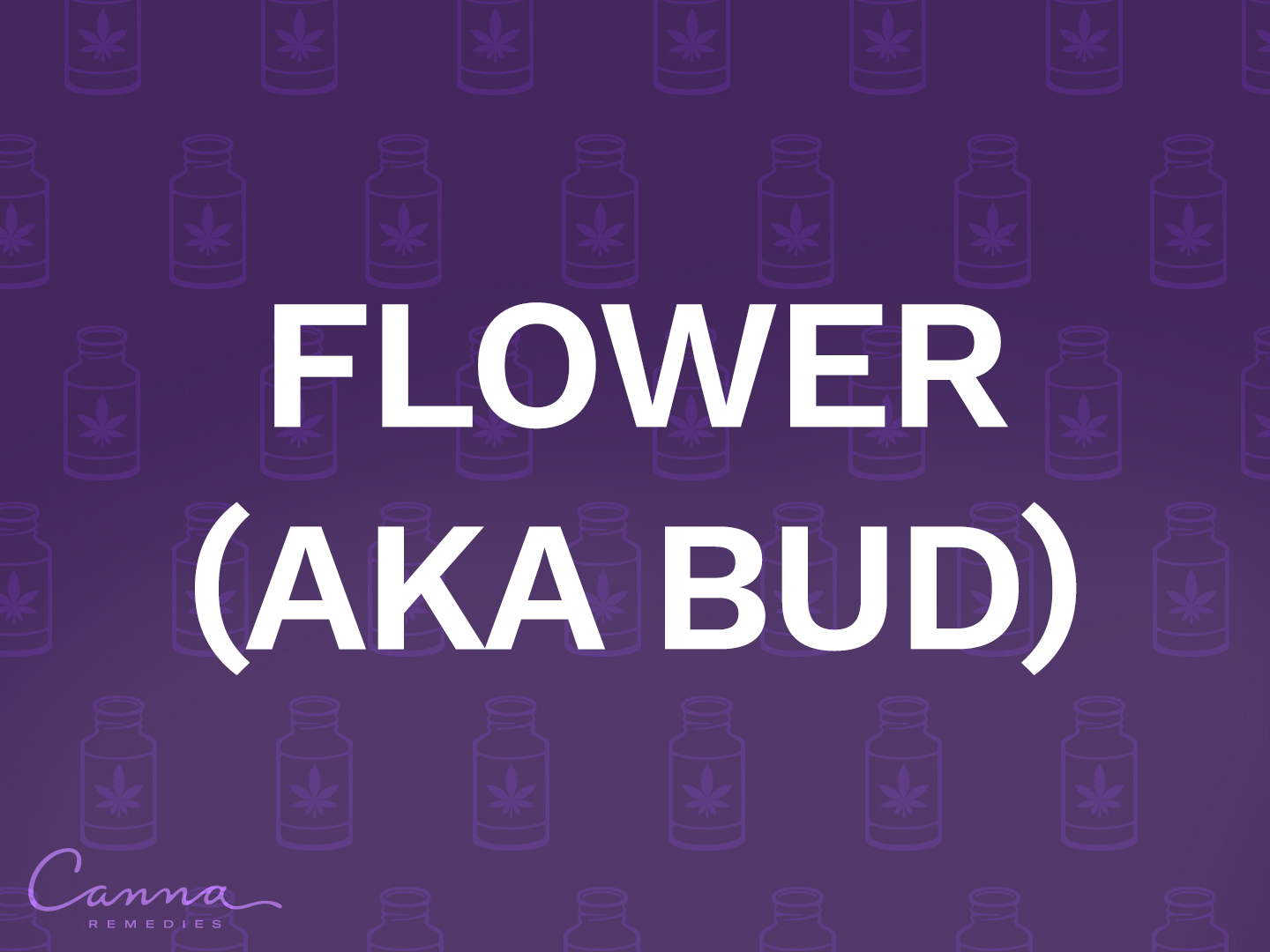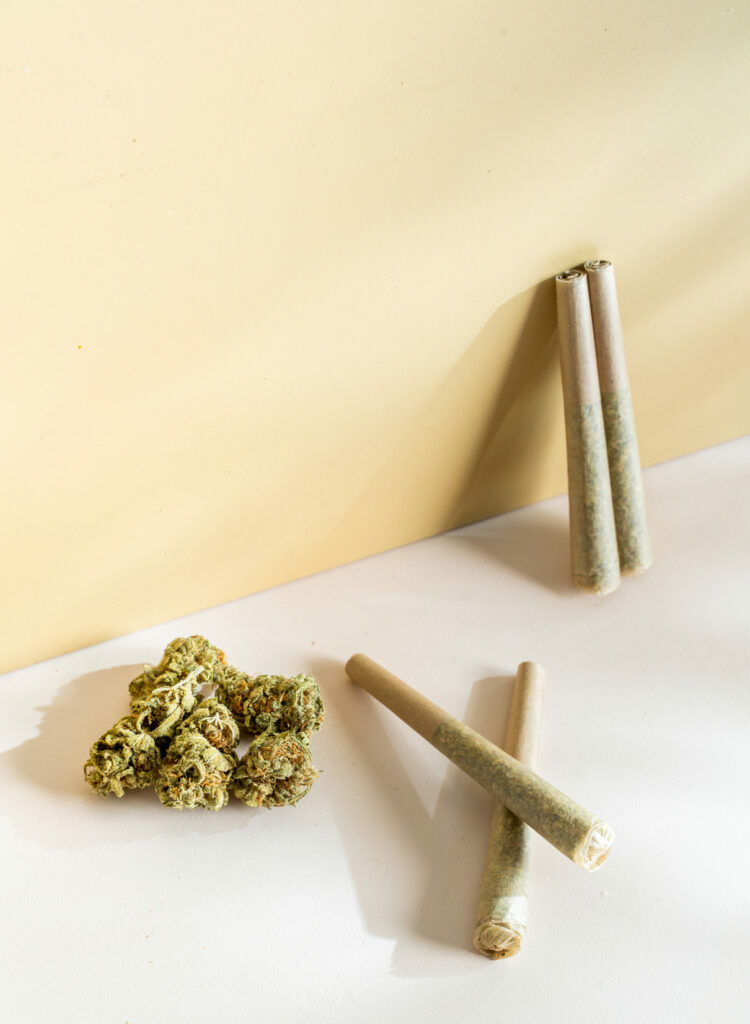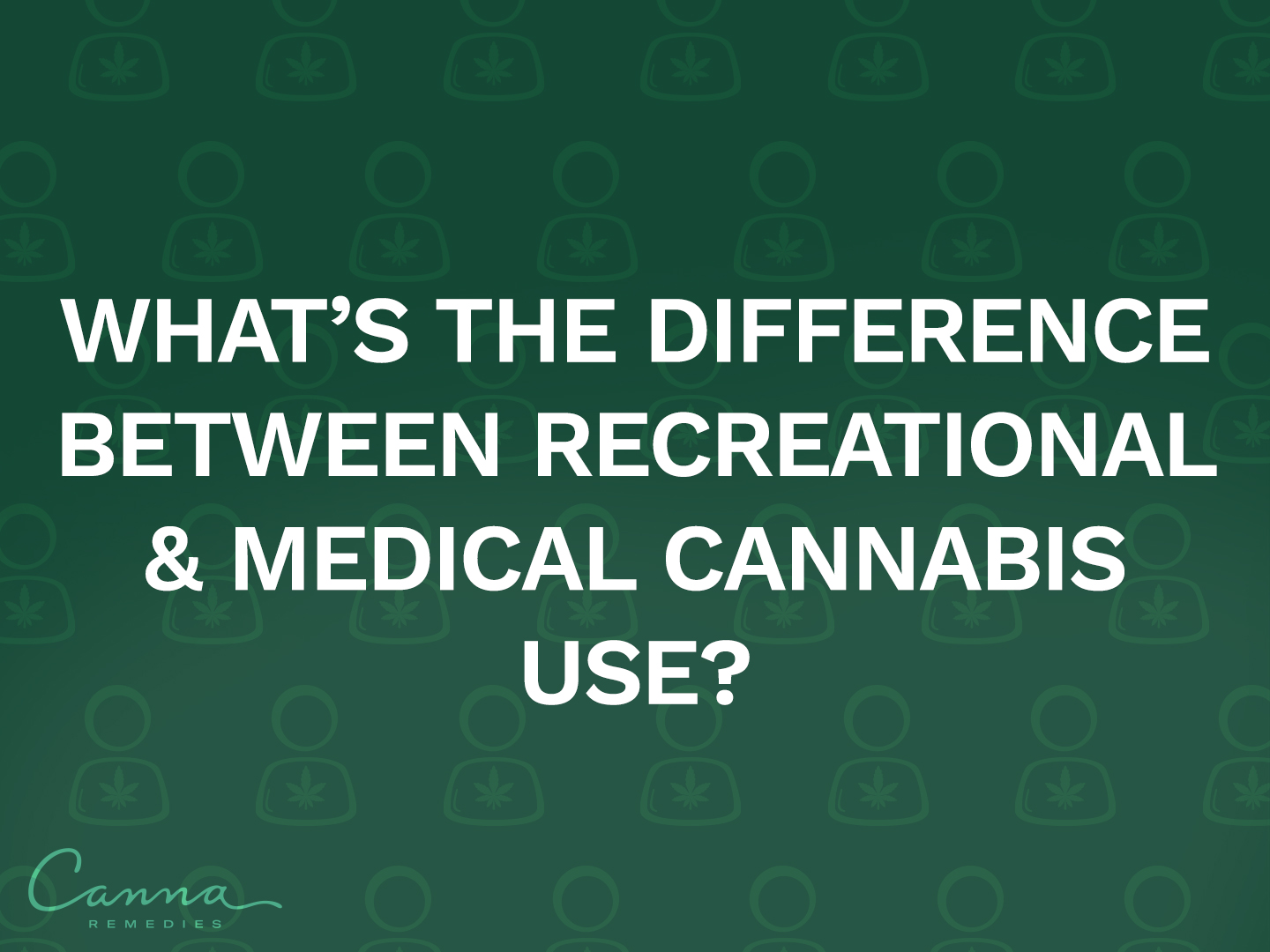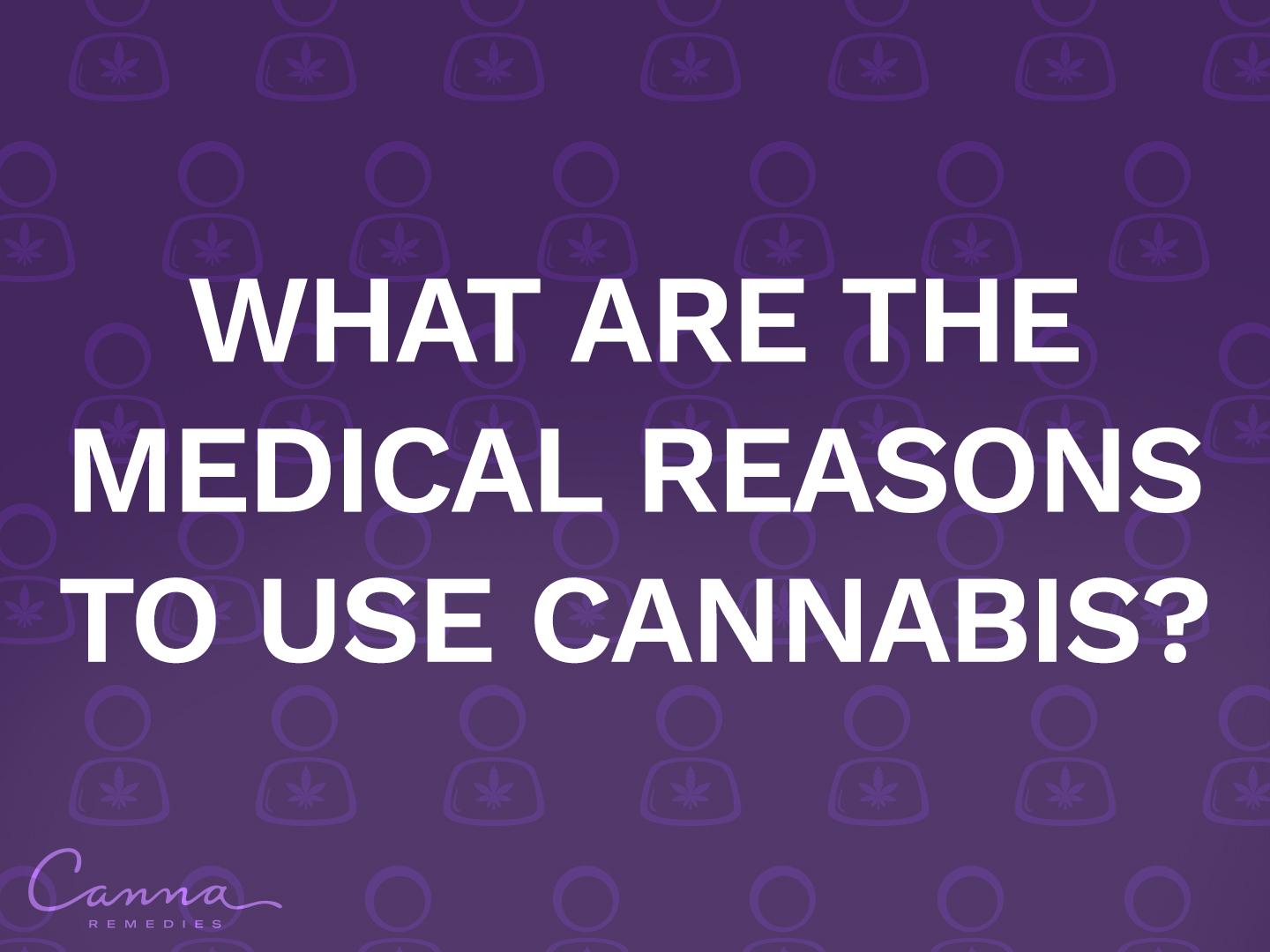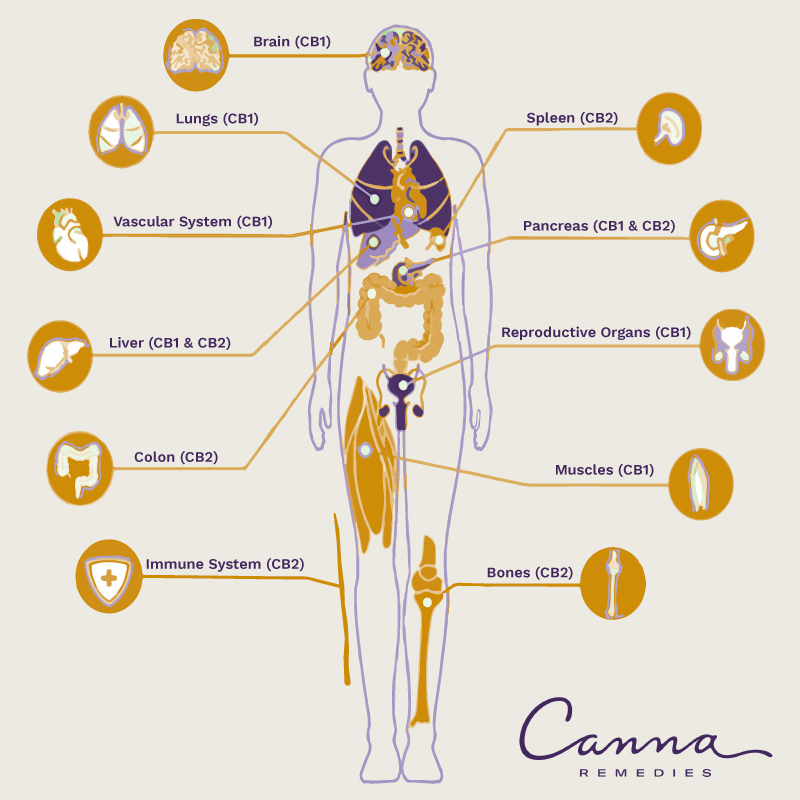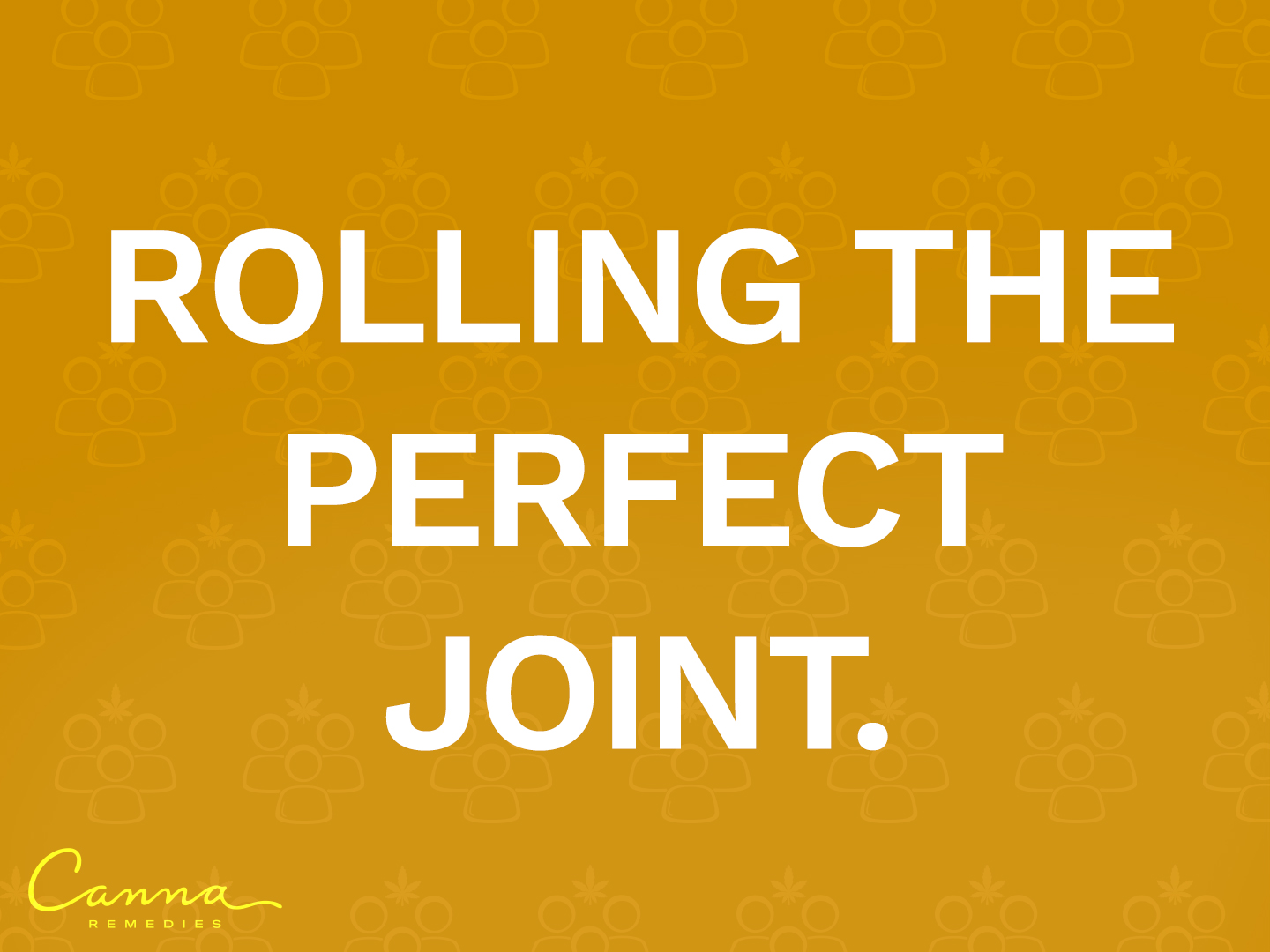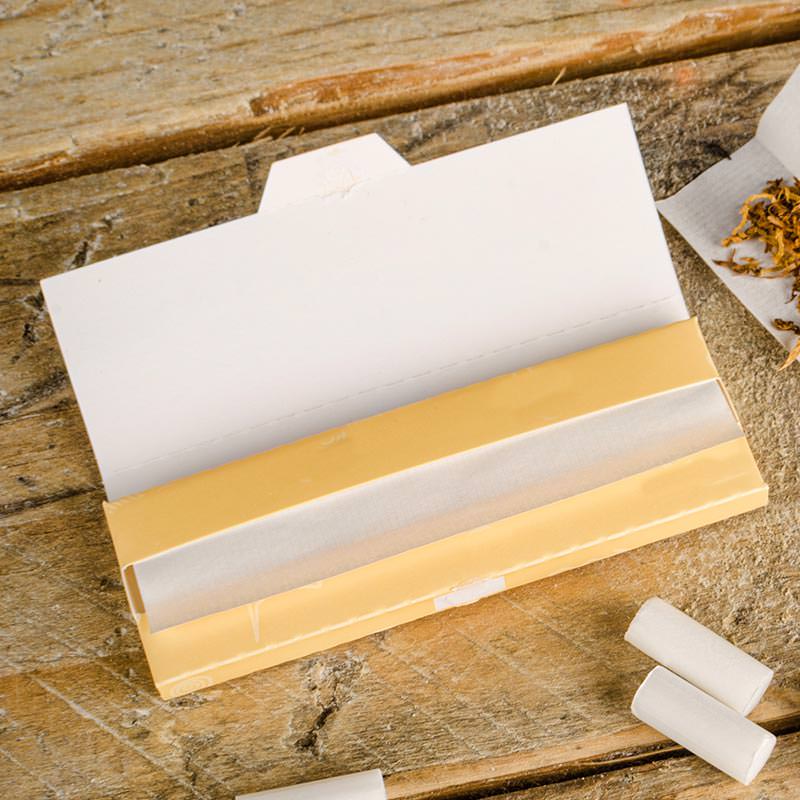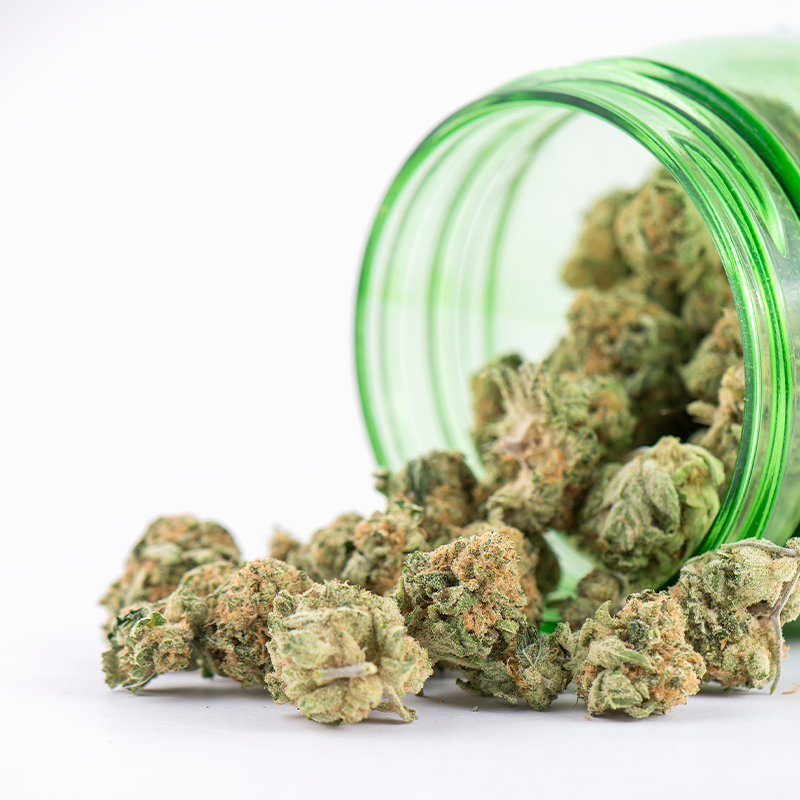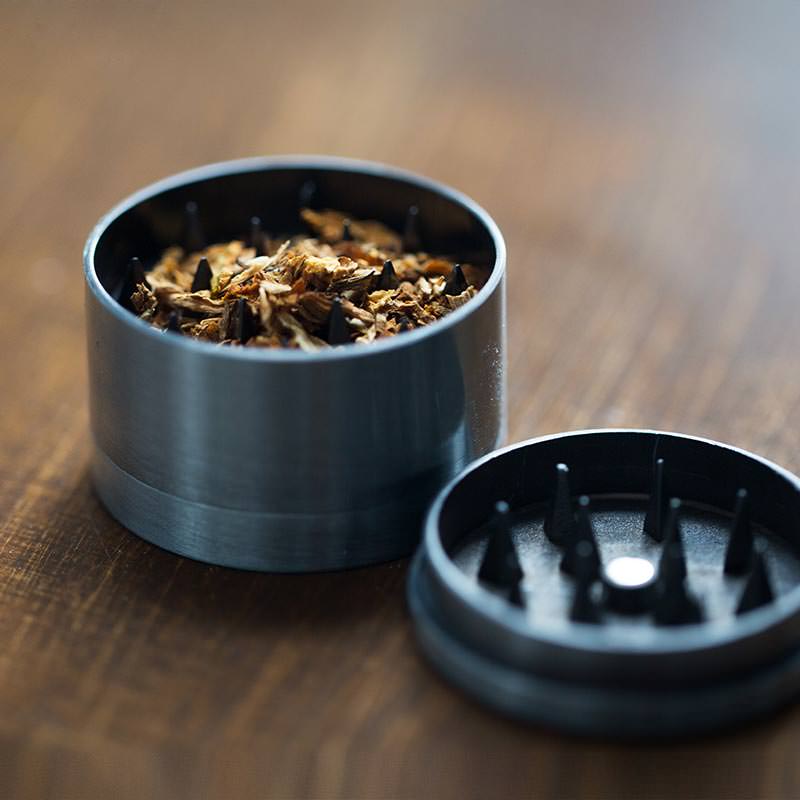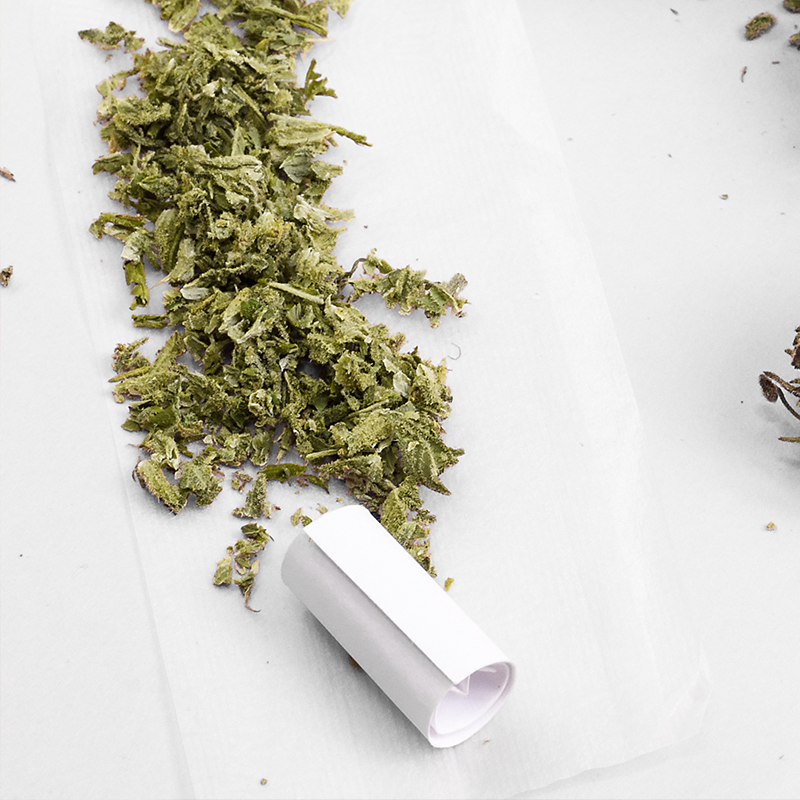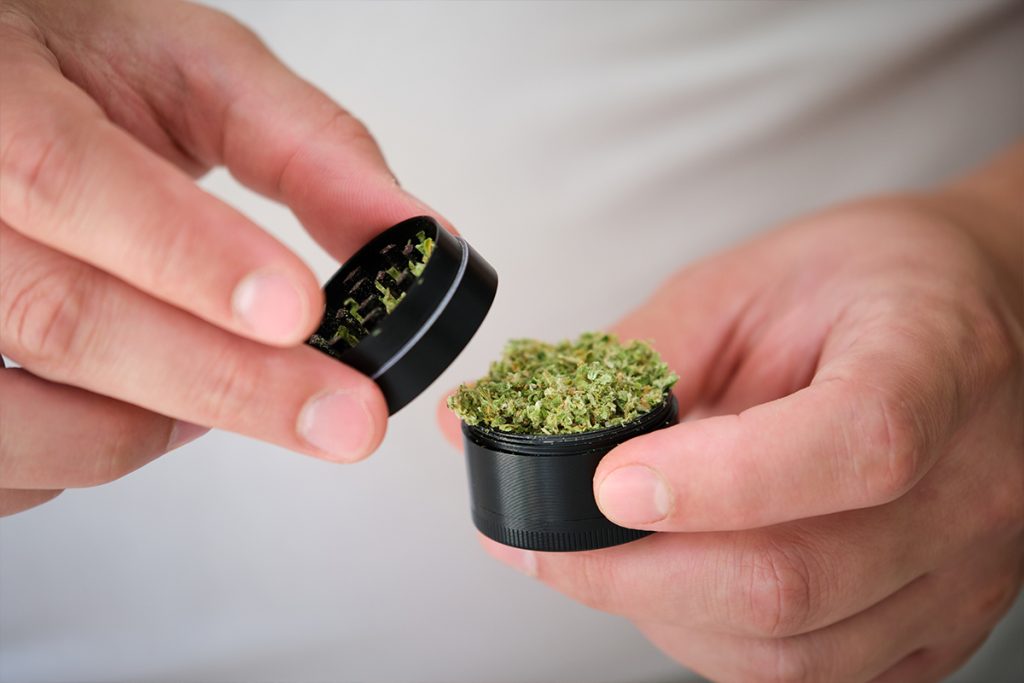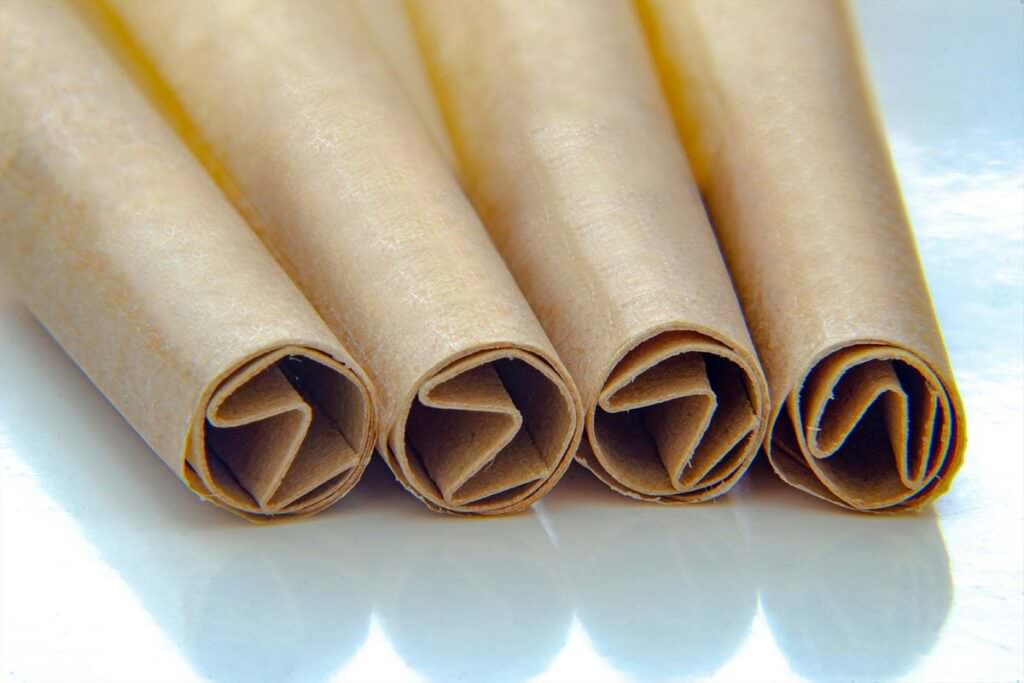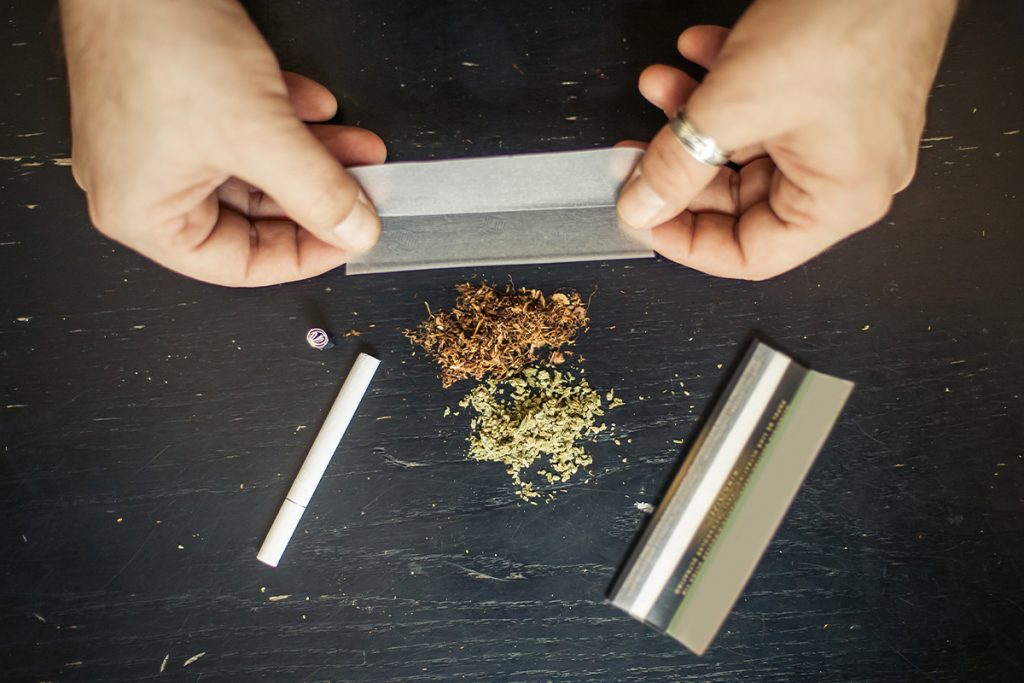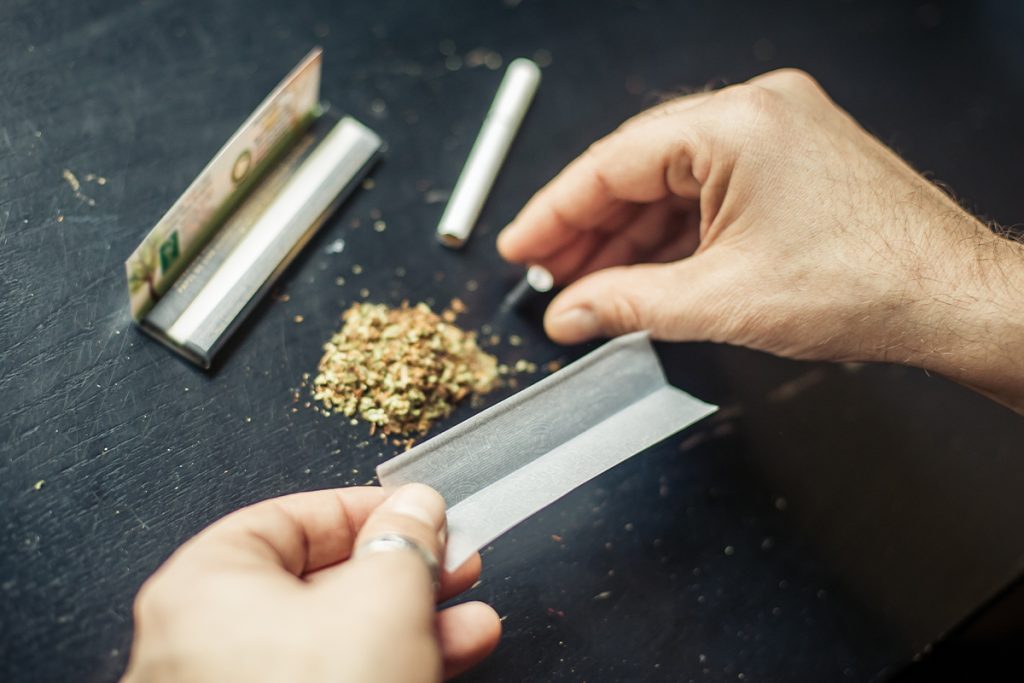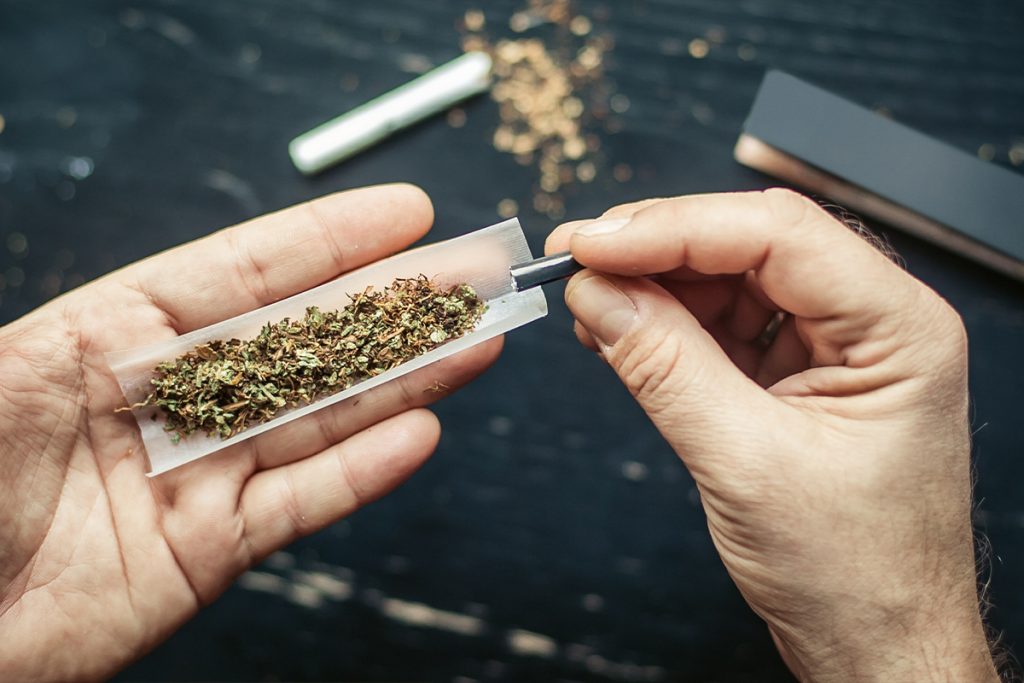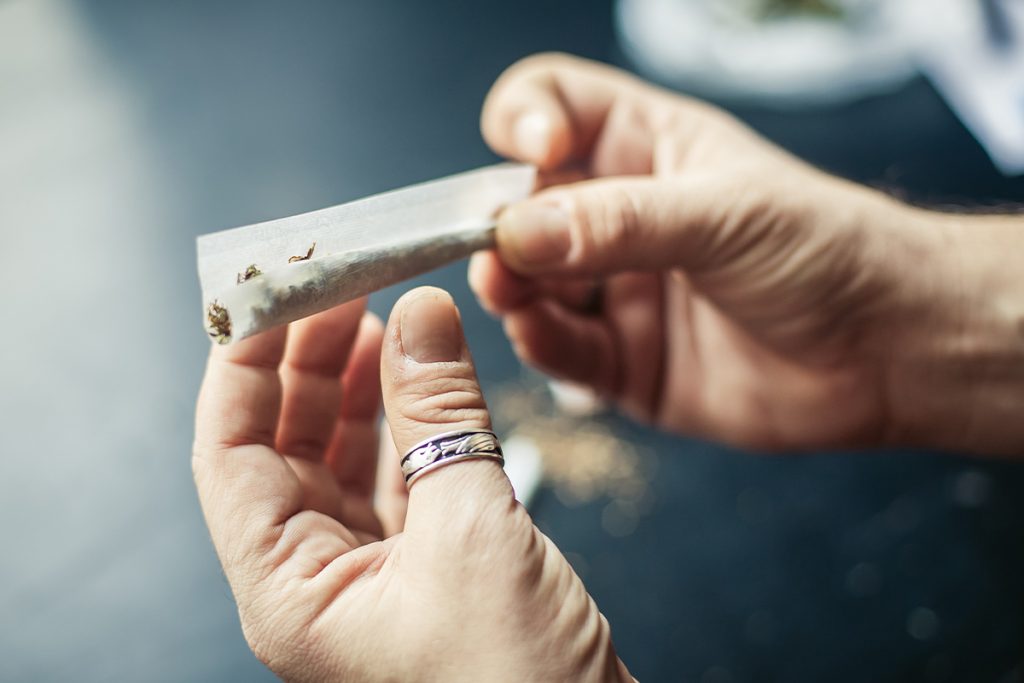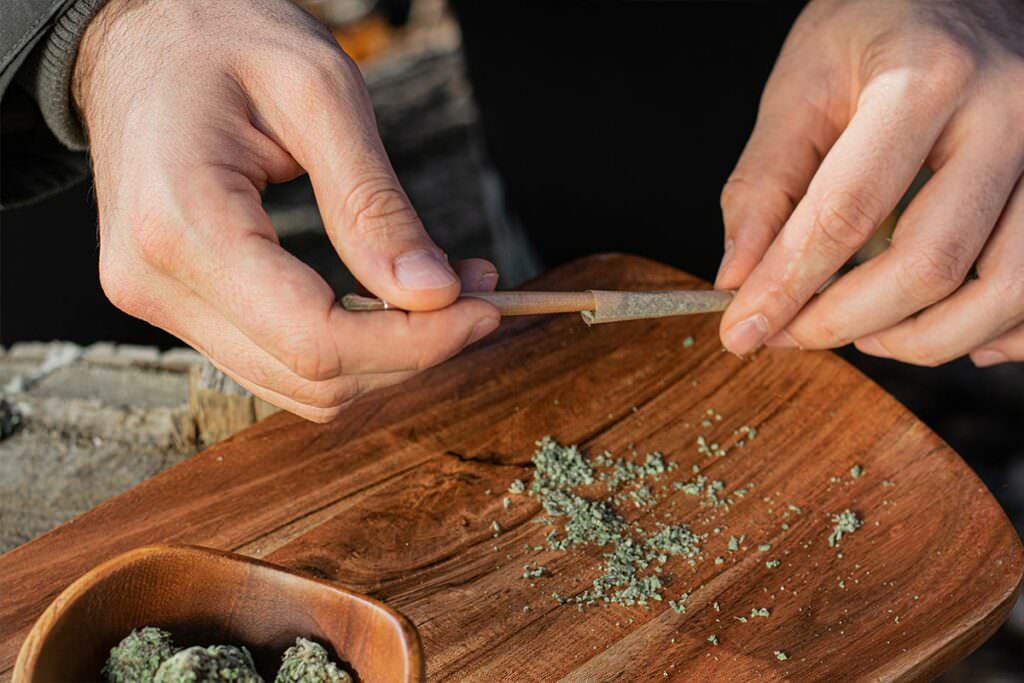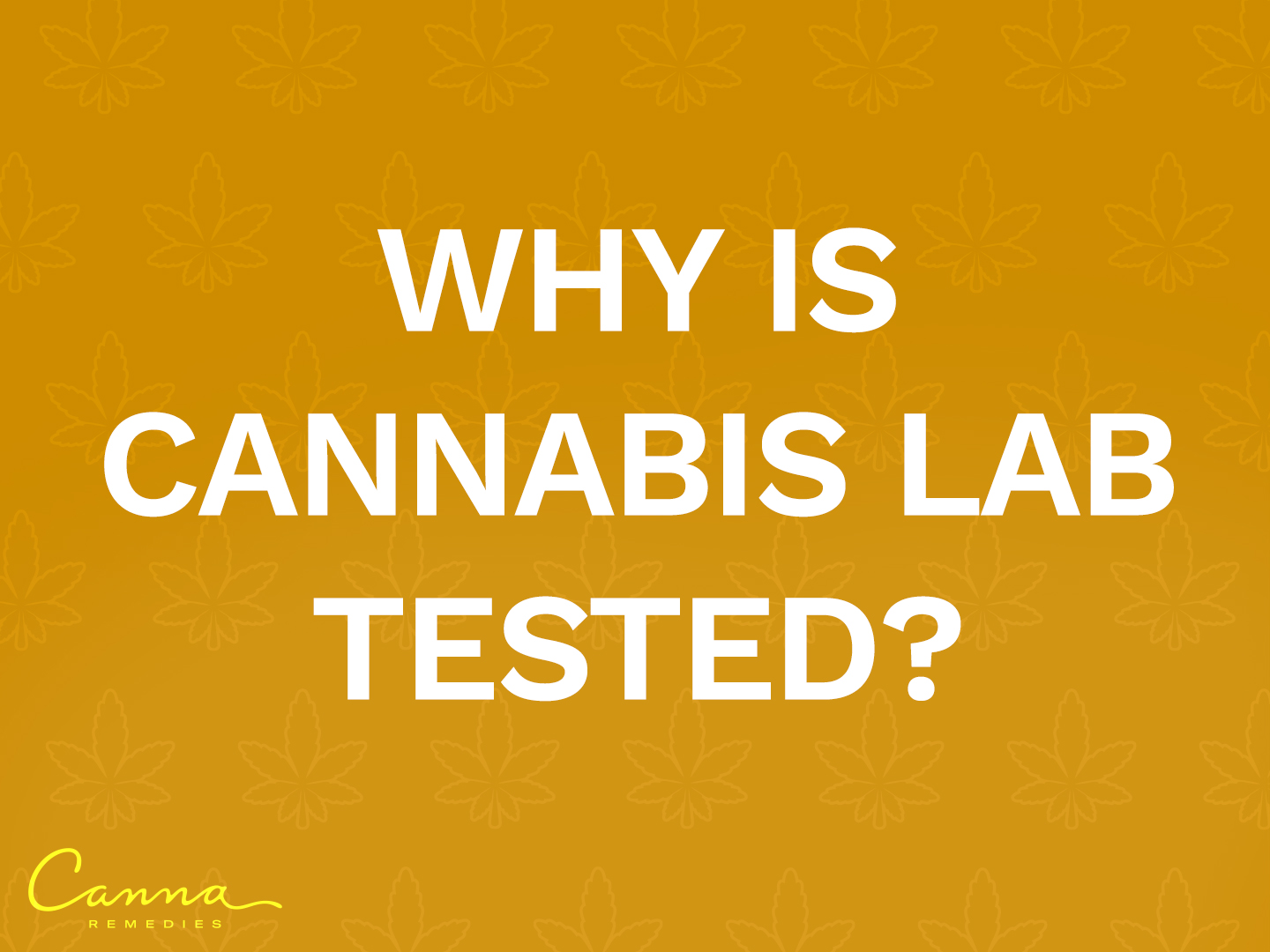Cannabis provides therapeutic value for a wide array of conditions, symptoms, or illnesses.
Pain Management: Often used to soothe acute aches and pains and alleviate chronic pain, including pain associated with conditions such as arthritis, neuropathy, and cancer.
Dronabinol is a synthetic tetrahydrocannabinol (‘THC’) medication approved by the FDA, currently being studied as an adjunctive to reduce opioid consumption in patients with acute pain following traumatic injury.
Nausea and Vomiting: Helpful for individuals undergoing chemotherapy or experiencing nausea and vomiting associated with certain medical treatments.
Marinol (dronabinol) is synthetic tetrahydrocannabinol (‘THC’), which obtained FDA approval in 1985 for the treatment of HIV/AIDs-induced anorexia and chemotherapy-induced nausea and vomiting.
Appetite Stimulation: Assists in stimulating appetite in patients with conditions like HIV/AIDS or cancer, where appetite loss is a common symptom.
Syndros (dronabinol) is a liquid cannabinoid made from synthetic tetrahydrocannabinol (‘THC’) that is approved by the FDA to treat nausea and vomiting caused by anti-cancer medicine (chemotherapy) and loss of appetite (anorexia) in people with AIDS (Acquired Immune Deficiency Syndrome) who have lost weight.
Muscle Spasms and Spasticity: It has been found to be beneficial in reducing muscle spasms and spasticity in conditions like multiple sclerosis.
In the UK, Sativex (nabiximols) is the first cannabis-based medicine to be licensed and prescribed for the treatment of MS-related spasticity. It is composed of delta-9 tetrahydrocannabinol (THC) and cannabidiol (CBD).
Seizure Disorders: Cannabis strains particularly those high in CBD, have shown promise in reducing the frequency and severity of seizures in certain epilepsy syndromes.
Epidolex is the first FDA-approved drug that contains a purified CBD derived from marijuana.
Anxiety and PTSD: Cannabis use for PTSD symptomatology like sleep quality and duration along with intrusiveness, avoidance, and alertness have all shown improvement.
Currently, the NIH is studying an FDA approved synthetic analogue of THC, Nabilone, which similarly showed enhanced sleep, reduced nightmares and diminished other PTSD symptoms among patients.
Inflammation: Cannabinoids in marijuana have anti-inflammatory properties, which can be beneficial in conditions characterized by inflammation, such as rheumatoid arthritis.
Neurological Disorders: Some studies suggest that medical marijuana may have neuroprotective properties and could potentially be used in the treatment of neurodegenerative disorders like Alzheimer’s disease.
Glaucoma: Cannabis can help lower intraocular pressure, making it a potential aid for glaucoma, although other more specific medications are often preferred.
It can be hard for many to believe that one substance can be effective for so many indications ,but there is a scientific reason that cannabis has such a wide therapeutic benefit. All animals except for insects have an endogenous (made within the body) cannabinoid system, or endocannabinoid system (ECS). Humans produce the cannabinoids anandamide and 2-AG (2-arachidonoyl glycerol). Our endocannabinoids and their receptors are found throughout the body– in the brain, organs, connective tissues, glands, and immune cells – and have a singular goal, to maintain homeostasis. Meaning the endocannabinoids job is to regulate several bodily functions such as sleep, mood, appetite, learning, memory, body temperature, pain, immune functions and fertility, to maintain internal stability while adjusting to changing external conditions.
The plethora of cannabinoids, terpenes, flavonoids, and sterols in the cannabis plant working throughout the body on the numerous endocannabinoid receptors makes cannabis a versatile therapeutic agent.
